Nicaragua
Things to Do
Esteli
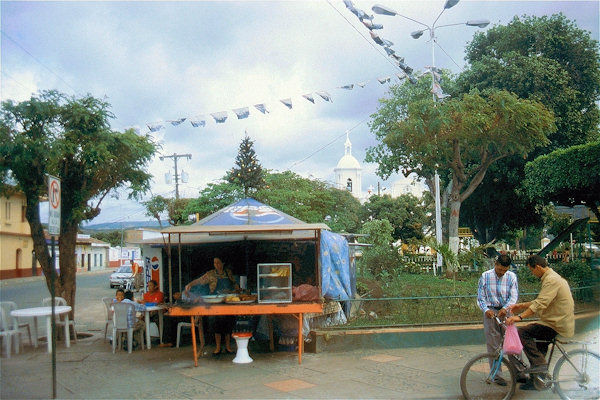 |
|||||
Esteli's central plaza serves up everything you could want in a town park; a grand, white cathedral. a statue dedicated to
Nicaraguan mothers, and a constant parade of local characters and mellow activity.
Buy an ice cream cone, kick back on a bench and watch it all swirl by.
Originally constructed in 1823, Cathedral de Nuestra Senora del Rosario was remodeled in 1889 and than again in 1929, when
it acquired its modern nea-classic facade.
Designated a cathedral with the creation of the diocese of Esteli in 1962, the cathedral's austere, towering exterior belies the
traditional interior featuring depictions of the stations of the cross and a well-kept wooden alter.
León
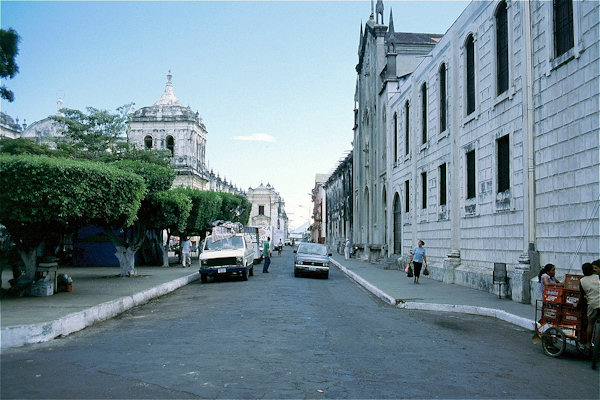 |
|||||
Today's León is the city's second incarnation.
The short-lived first attemp was the Spanish settlement that Francisco Hernandez de Cordoba founded in 1524. The old city was
abandoned in 1610 when Volcano Momotombo erupted and relocated to Leon's present location.
León's principal attraction is the exotic feel one gets by walking the cobbled streets of a colonial city replete with churches and
cathedrals, indigenous neighborhoods and green parks.
You'd do well to allowyour stay in Leon to serve as a brief glimpse of what it's like to live in a colonial city.
The Iglesia de San Juan was built from 1625 to 1650 and rebuilt in the 1700s, the architecture is a modern interpretation of
neoclassicalism
A monument to the local heroes, the eternal flame of the Mausoleum of Heroes & Martyrs rests within a small plaza just
north of the parque central, surrounded by the city’s best murals.
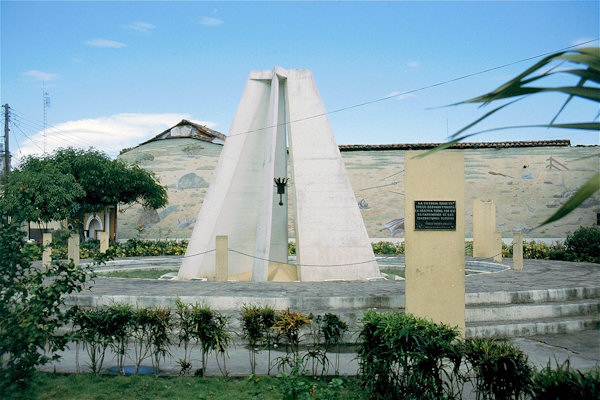 |
|||||
La Catedral de Leon is the largest cathedral in Central America and the modern anchor for the city: one (probably
apocryphal) story claims the architect accidentally switched two sets of plans while on the ship from Spain, and the larger of the
two cathedrals, originally intended for Lima (Peru) was built in Nicaragua.
The cathedral was constructed in 1747 at the request of Archbishop Isidoro Bullon y Figueroa and inaugurated in 1860 as a
basilica by pope Pius XI.
It's an imposing and majestic baroque structure whose grandeur is magnified by the open space of the park in front of it.
Iglesias del Calvario is set at the top of broad steps on a small hill overlooking one off Leon's narrow streets.
Renovatedin the late 1990s, El Calvario was built 200 years previous in a generaly baroque style, but with neoclassical ornamentation
in the front that reflects the increasing French influence in Spain in the 18th century.
Isla Juan Venado
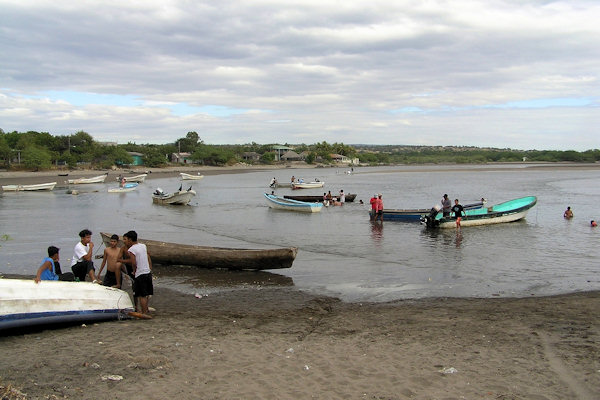 |
|||||
The Isla Juan Venado, is located just off the coast in front of the town Las Peñitas. The island lies very close
to the coast, and is practically nothing more than a thin, long trip of sand. The nature, however, is spectacular.
It’s great to take a boat or kayak and cruise through the forest. There are small, curvy waterways you can browse through, with
egrets and other birds around every corner.
Take also some time to swim, make a beach walk and to enjoy at a camp-fire watching the sun go down.
To get to Las Peñitas, you can take the bus from León (Sutiava Market). It takes about 30 minutes to get there.
Managua
Nestled in the ashes of ancient volcanic eruptions, pockmarket by crater lakes and riven with tectonic faults, Managua's
very geology speaks of destruction and rebirth.
Upon entering Managua for the first time in the 1500's, the conquering Spaniards were confirmed by a fierce people who defended their
community to the last warrior. They left the place abandoned for some 300 years.
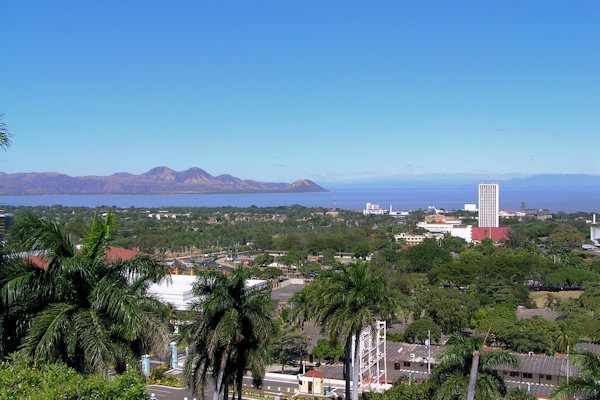 |
|||||
Manaqua, on the borders off Lago Xolotlan was declared Nicaragua's capital in the mid-19th century.
In 1931 an eartquake devastated Managua. Managuans rebuilt their city, only to see it consumed by flames in the fire of 1936.
From the eartquake off 1972 the city is never quite recoverd, and the ruins of the old city center are still visible.
Set in the small green space of the Parque Central are several monuments of historical significance.
In the centre of the park is a gazebo called El Templo de la Musica whose historical frieze highlights the arrival of
Columbus, Rafael Herrera fighting pirates, independence from Spain, Andres Castro fighting William Walker,
and more.
The Tomb of Comandante Carlos Fonseca, father of the revolution, is guarded by an eternal flame.
Standing in the Plaza de la Republica, is Casa Presidential. It is the office of the President of Nicaragua.
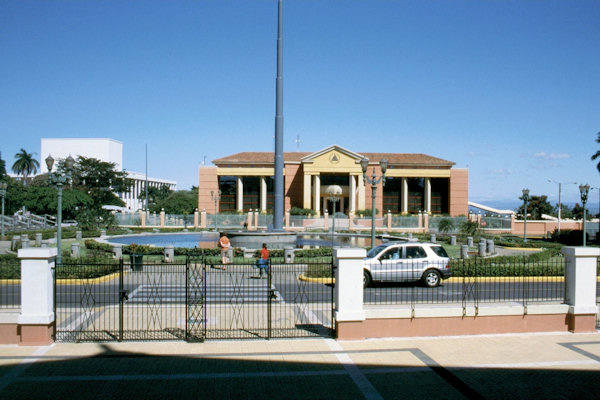 |
|||||
Directly across from the presidential office is the attractive neoclassical Palacio Nacional de la Cultura. Finished in 1935
after the original had been destroyed in an earthquake in 1931, the cultural palace was once the seat of the Nicaraguan Congress.
Next to the palacio is the old cathedral, babtized as La Iglesia Cathedral Santiago de los Caballeros.The church was almost
finished when it was shaken by the big earthquike of 1931, and when the earth moved again (1972) it was partially destroid.
The striking statue El Guerrillero sin Nombre (the Nameless Guerrilla Soldier) is an imposing, gold-painted, and powerful
looking (and well-endowed) man, clutching a pick-axe in his right hand and an AK-47 in his upraised, hulklike left hand.
This is an important city landmark and a symbol of the revolution's aspirations, inscribed with the words of Sandino
that translate: "only the labores and farmers will go to the end"
Massaya
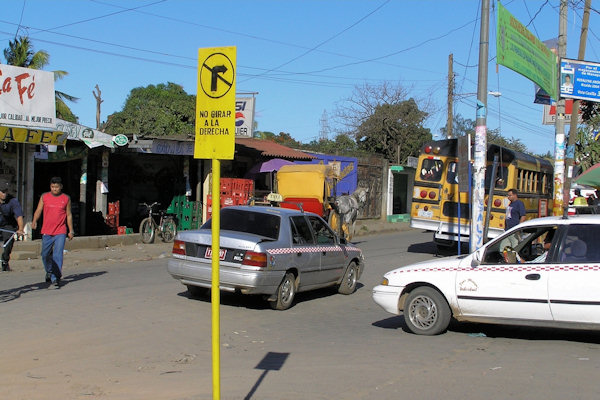 |
|||||
Masaya, situated approximately 31 km southeast from Managua, is known as "The Cradle of Nicaraguan Folklore" and is
the very heart of Nicaraguan handicrafts.
The main market in Masaya is located next to the central bus station. The market is divided into sections, with each section serving
a different need.
The Mercardo de Artesanias (Craft Market) is located inside what used to be the "mercado viejo" (old market), a 1900s
structure that is located near the center of the city and a couple of blocks away from the general population market.
The town of Masaya is just east of Masaya Volcano, which is one of the most visible active volcanoes in the country, featuring
several bare, gaping craters and a constant stream of sulfurous gas, visible from as far away as the airport in Mangua.
Granada
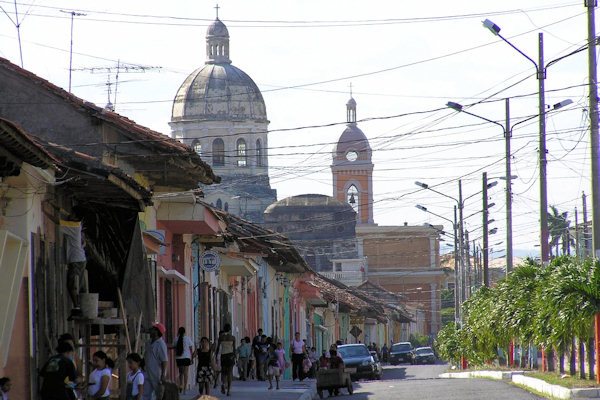 |
|||||
Granada is at once both the oldest city on the continent and the most developed tourist destination in Nicaragua.
It is a fascinating city - full of bright coulors, violent history, lake breezes and the sounds (and smells) of horse-drawn carriages.
This is less a "city" than a large, relaxed colonial town, where most evenings find the people out on the sidewalks, talking and
laughing.
Walk the streets, tour the churches, then enjoy a free concert at the park; there is much to love anout Granada.
The local market is definitely worth a glimpse, it's chaotic little market where you can get almost everything. The market is
open everyday except holidays around and in the old Market hall, you can't miss it.
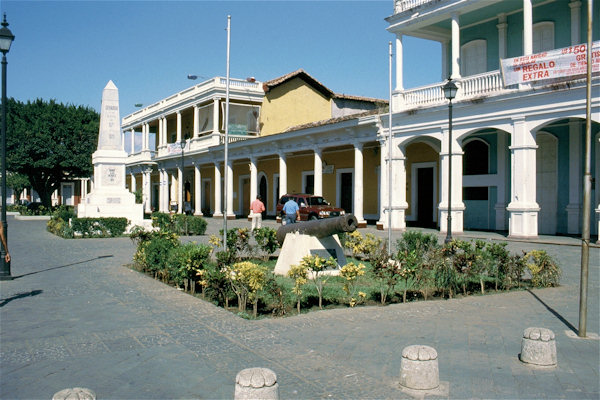 |
|||||
Located in the eastern part of Granada, the Iglesia Guadalupe was built in 1626 by the monk Fray Benito Baltodano, it
was originally used as a cloister. The Iglesia was used as a fortress by William Walker in 1856, when the American was
being driven out of the country after invading and placing himself as president a year earlier.
Reconstruction was completed in 1965.
Granada is a producer of Puros (sigars), primarily from tobacco grown in the cool hills around Masatepe, and often blended
with northern Nicaraguan leaves.
Don Silvo loves to recieve visitors in his Dona Elba Cigar Factory (named after his mother), located at the west side of the
town. He has a wide variety of cigars for sale in his showroom and a vissit gives also a possibility to get a glimpse off the interior
off an colonial house.
Mombacho Volcano
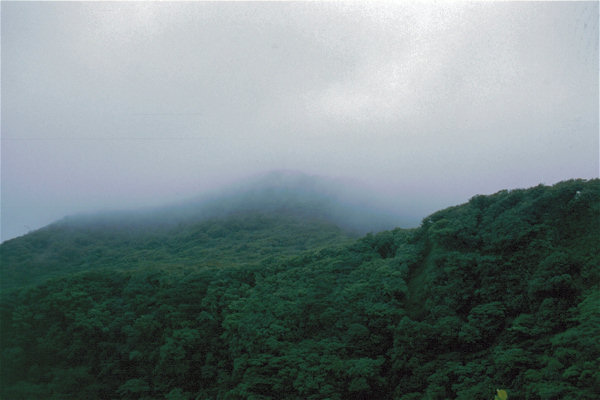 |
|||||
The Mombacho Volcano is one of the most famous volcanoes in Nicaragua due to several factors: its location just 10 km from
the Granada city, its access infrastructure and, above all things, the mystical cloud forest that occupies much of its sides and top.
The ride uphill only is an adventure by itself. Whether it’s your own car or the truck you’re using, the incredible steepness of the
volcano guarantees a spectacular ride. You will see coffee plantations and later on the cloud forest next to the single lane road.
The views are also spectacular from here.
On the Mombacho volcano, you can walk around one of the craters, or hike around several craters. Besides lots of different trees and
plants that thrive because of the cloud forests humidity you can also observe howler and white face monkeys, as well as snakes,
deer, reptiles, birds, and insects.
Isla de Ometepe
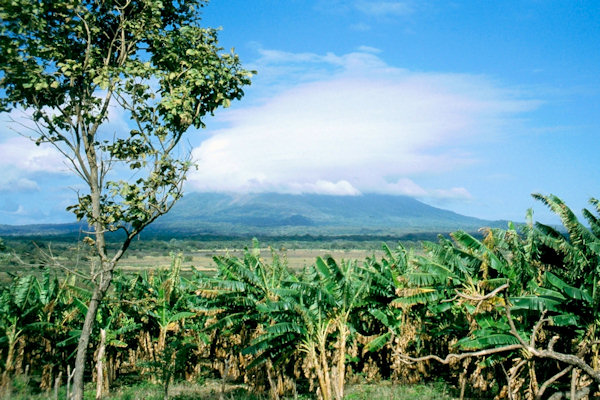 |
|||||
Isla de Ometepe, an island composed of two volcanoes, emerges from the the Cocibolca, the great Lake of Nicaragua.
Joined by a thin, flat isthmus the two volcanoes shape the island like an hour glass.
Over the northern half of Ometepe looms the Concepción, a majestic and perfectly cone-shaped active volcanoe, while the southern
half is dominated by the extinct volcano Maderas which is swathed in a cloud forest and has a mist-shrouded lagoon in its
crater.
Isolated from the rest of Nicaragua by the Cocibolca, Ometepe feels far away from the rest of the world.
Touted as the "Oasis of Peace", the island is a mesmerizing place, entrenched in history, and full of stunning sights and
activities.
In the days of the Nahuatls, Volcan Maderas was called Coatlan (Place where the Sun Lives) and volcan Cocepcion
was kwnown as Choncoteciguatepe (The Brother of the Moon).
The concept of soul was an important part of the Nahuatl belief system, as were the concepts of afterlife and some form of
reincarnation.
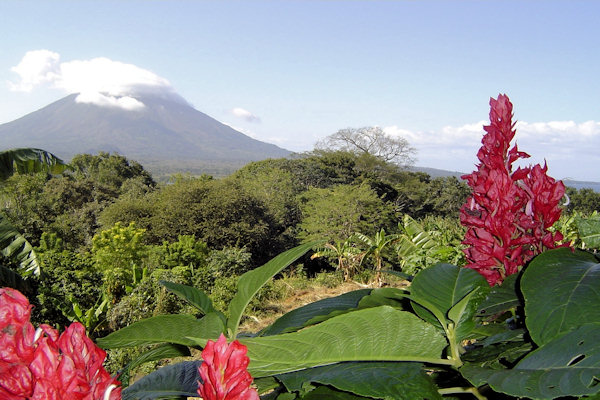 |
|||||
Scattered around the island of Ometepe, but principally on the north and northeastern slopes of Volcan Maderas, are the carved
statues and petroglyphs that paid homage to the Nahuatl gods.
The petroglyphs are estimated to have been carved around the year 500 B.C.
On the southern slopes of the volcanoe Maderas, you find the beautiful San Ramon Waterfall cascading over mossy rocks
into a small pool.
The waterfall and river belong to a large finca who uses its water to irrigate their plantations.
The hike up to the falls through dry and transition forest is a particulary enjoyable one, but it's worth having a guide as the
trail up to the falls is not easy to find, nor is there one single trail.
When you're lucky, you can meet some howler monkey's.